At first glance, it’s a straightforward expansion: they’re growing, they’ve secured state subsidies, and they want to tap into NYC’s talent pool.
But given the industry’s recent wave of layoffs, the long timeline and tax incentives raise an eyebrow.
Is this a genuine commitment to growth, or just a well-timed press release to keep investors happy after the Adobe merger fell through?
A Startup or a Tech Giant in Disguise?
Figma’s still getting called a “startup,” but does it fit the definition anymore?
They’ve got 1,600 employees, high-profile customers (Anthropic, Taco Bell, and Prenuvo), and a product that’s deeply embedded in how modern design teams work.
The planned IPO looms in the background, and moves like this—announcing growth, securing state tax credits, and pushing into the developer space with Dev Mode—help maintain an image of a fast-moving company with an expanding market.
But let’s be real: doubling staff in NYC over nine years isn’t exactly aggressive growth. That’s about 27 new hires per year, a figure that hardly screams “explosive expansion.”
Instead, it suggests controlled, calculated scaling—perhaps more about keeping up appearances than breaking new ground.
Dev Mode: Figma’s Next Big Bet?
A major focus of hiring is Dev Mode, which is pitched as a bridge between designers and developers. It makes sense—Figma is already dominant in UI/UX design, so the logical next step is getting engineers more involved in the workflow.
But expanding Dev Mode means going head-to-head with existing developer tools. That’s a much tougher sell than getting designers to switch from Sketch a few years back.
This push into engineering workflows is Figma’s attempt to stay essential. Designers already love it, but if Dev Mode takes off, it cements Figma’s place across entire product teams.
That’s a smart long-term play, but whether it works depends on adoption—because engineers can be a tough crowd.
The Tax Credit Question
Figma’s getting $2.1 million in tax credits over the next decade, which isn’t a life-changing sum for a company of this size.
But it does tell us one thing: this expansion isn’t happening without financial incentives. Would they be making the same move without that deal?
Hard to say, but it’s worth noting that tax credits like these are often structured around maintaining a certain number of jobs rather than creating them.
This announcement isn’t shocking, and that’s kind of the point.
Figma is playing the long game—keeping investors confident, expanding methodically, and securing incentives along the way. It’s a steady move, not a bold one, and that might be exactly what they need right now.
But let’s not call them a startup anymore. Figma is a major player, and this kind of strategic, subsidy-backed expansion is what you expect from a big company—not a scrappy disruptor.



